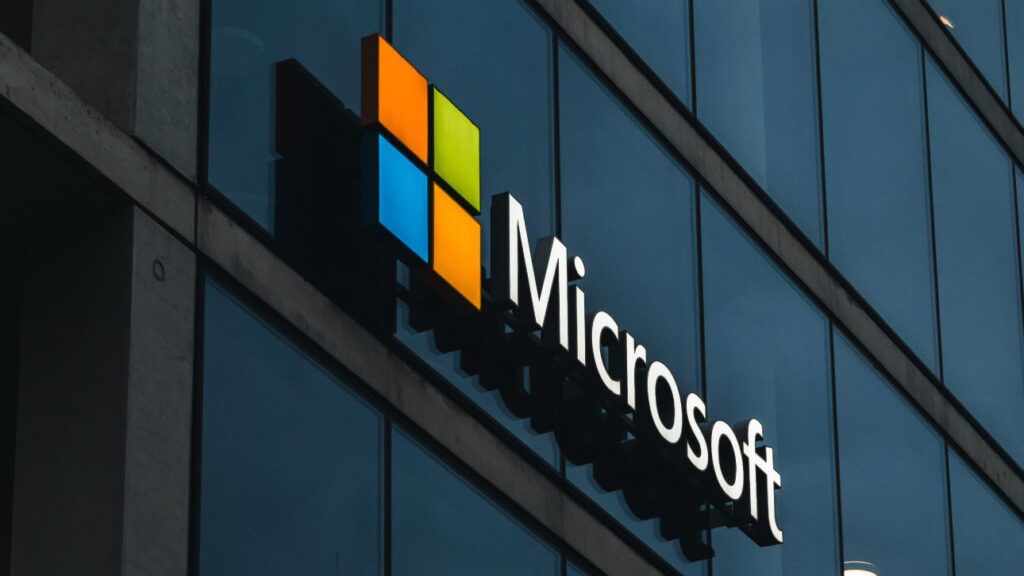When you purchase through links on our site, we may earn an affiliate commission. This doesn’t affect our editorial independence.
Microsoft grabbed the cloud AI crown. Not even close anymore. Their OpenAI partnership changed everything.
Latest industry analysis puts Microsoft at 45% of new cloud AI implementations. Staggering numbers that should terrify competitors.
How Microsoft in Cloud AI Outmaneuvered AWS
Amazon built the cloud empire. AWS still dominates traditional infrastructure services. But they missed the generative AI wave badly.
Their machine learning tools work fine for conventional applications. Data analysis, pattern recognition, predictive modeling – all solid offerings. Yet something’s missing.
AWS executives clearly didn’t see the ChatGPT revolution coming. Or perhaps they saw it but reacted too slowly. Either way, they’re playing defense now while Microsoft scores repeatedly.
Some analysts blame cultural differences. Amazon prioritizes concrete commercial applications over bleeding-edge research. Microsoft gambled billions on seemingly academic AI advancements years before commercial viability became obvious.
That bet paid off spectacularly.
Google’s Surprising Stumble
Google’s struggle makes even less sense on paper. They pioneered modern AI research. Their papers defined the field. TensorFlow powers countless AI systems worldwide.
Yet somehow Microsoft leapfrogged them in practical cloud applications.
“Google suffers from classic innovator’s dilemma,” explains tech analyst Sarah Martinez. “They created transformative technology but hesitated to deploy it aggressively through fear of cannibalizing existing business models.”
Internal conflicts didn’t help either. Google researchers publicly questioned certain AI deployments while Microsoft forged ahead with OpenAI’s technology.
The OpenAI Partnership That Changed Everything
Microsoft’s relationship with OpenAI wasn’t accidental. CEO Satya Nadella personally championed the initial billion-dollar investment when many questioned its commercial potential.
That early backing bought Microsoft privileged access to technologies like GPT-4 before competitors could respond. By the time ChatGPT exploded into public consciousness, Microsoft had already integrated similar capabilities throughout Azure.
The integration strategy proved brilliant. Instead of offering AI as separate services, Microsoft embedded it everywhere:
- Copilot features across Microsoft 365
- Azure services with built-in generative capabilities
- Development tools streamlined through AI assistance
This approach made adoption practically frictionless for existing customers.
Real-World Impact Driving Adoption
Talk to companies implementing cloud AI solutions and Microsoft’s advantages become clear.
Financial services giant Meridian Trust tried multiple platforms before standardizing on Azure. “AWS offered powerful components but required significant expertise to assemble them,” explains CTO Marcus Williams. “Azure delivered ready-to-use solutions addressing specific business problems.”
Healthcare organizations report similar experiences. Integration with existing systems matters tremendously in complex environments. Microsoft’s decades of enterprise experience shows clearly in their implementation approach.
Ethical Stance Matters More Than Expected
Corporate buyers increasingly care about responsible AI deployment. Microsoft recognized this trend early.
Their published AI principles and governance frameworks reassure nervous executives worried about potential reputational damage from AI mishaps. This approach contrasts with competitors’ sometimes vague statements about responsible development.
Concrete implementation guidelines and safeguards matter more than abstract principles. Microsoft delivers both.
What Happens Next for Microsoft Cloud AI?
The cloud AI race continues accelerating. Amazon recently announced massive new AI investments. Google reorganized its AI divisions to move faster.
But Microsoft’s lead looks difficult to overcome in the near term. Their integration of OpenAI technology throughout product lines creates compounding advantages. Each implementation provides data and feedback improving future offerings.
Enterprise customers hate platform switching. The cost and disruption typically outweigh incremental benefits unless differences become overwhelming. This reality favors the current leader.
That said, tech leadership positions change rapidly. Previous “unassailable” leaders like IBM and Oracle discovered this painful truth. Microsoft’s current advantage provides no guarantee of permanent dominance.
For now though, Nadella’s strategic bet on generative AI and OpenAI partnership has positioned Microsoft perfectly for the cloud’s next evolution. Competitors face a steep uphill battle against a company firing on all cylinders.
